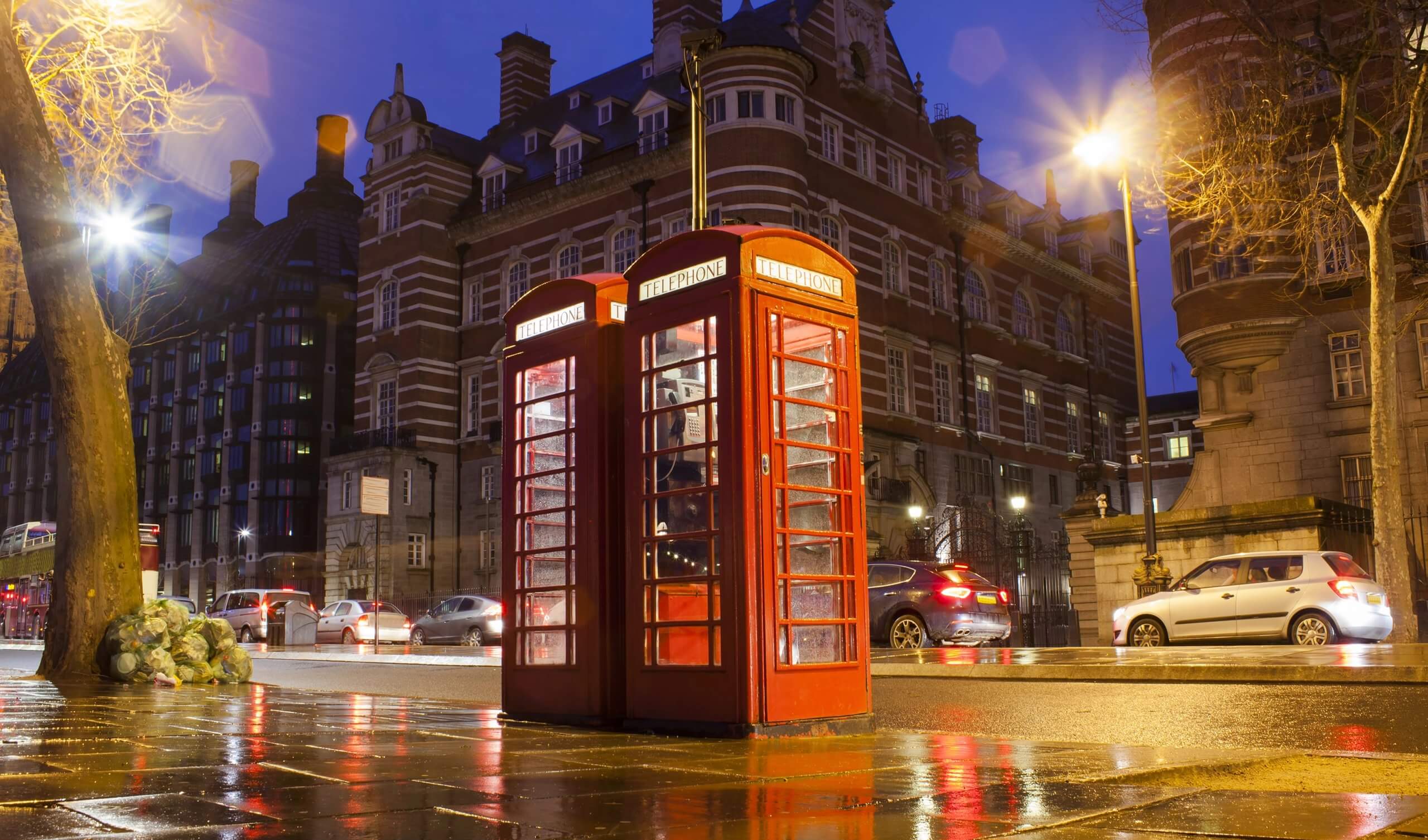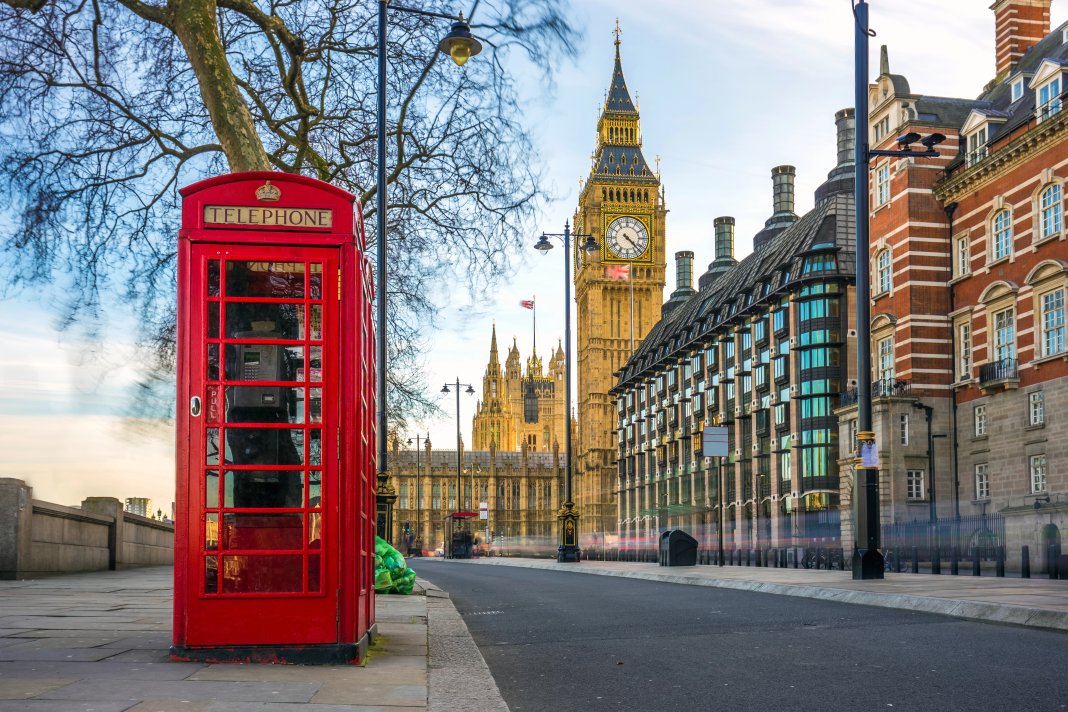Standing sentinel on London’s streets for nearly a century, the red telephone box represents far more than a simple communications device. This crimson kiosk has transcended its utilitarian purpose to become one of the most recognizable symbols of British culture worldwide—a design classic that has weathered technological revolutions while remaining firmly embedded in the national consciousness.
Birth of an Icon
The story begins in 1924 with a competition. The General Post Office, responsible for Britain’s telephone service, sought a new design for London’s street telephone kiosks. Sir Giles Gilbert Scott, a renowned architect who later designed Battersea Power Station and Liverpool Cathedral, submitted the winning entry. His creation—designated the K2 (Kiosk No. 2)—featured a classical dome inspired by Sir John Soane’s mausoleum, elegant proportions, and the distinctive cast-iron construction that would become its hallmark.
Scott originally envisioned the boxes in silver, but the Post Office painted them “Post Office red” to ensure high visibility on London streets. The first K2 kiosks were installed in 1926, standing over nine feet tall and weighing approximately a ton each. These majestic structures cost £35 each (equivalent to about £2,400 today) and were initially deployed only in London due to their high production costs.
The evolution continued with the K6 model in 1936—a streamlined, more economical design also by Scott that became the definitive red box seen throughout Britain. Created to commemorate King George V’s Silver Jubilee, the K6 was the first nationwide standard and over 60,000 were installed across the country, cementing the red box in Britain’s visual identity.
Cultural Significance
The red telephone box quickly became more than functional street furniture. In post-war Britain, these boxes represented connectivity in an era when home telephones were scarce. They were democratic spaces—anyone with a few pennies could connect to anywhere in the world from these small sanctuaries of communication.
For Londoners, the boxes provided essential services. Business deals were struck, romances conducted, and family connections maintained within their confines. For tourists, photographing or posing beside a red telephone box became an obligatory ritual, confirming one had truly “visited London.”
The cultural impact extended into art and media. The red box features prominently in countless films, from spy thrillers to romantic comedies. It appears on postcards, souvenirs, and in artwork ranging from Andy Warhol’s pop art to graffiti by Banksy. The design even influenced fashion and interior design, with miniature reproductions serving as everything from bookshelves to shower stalls.
When British Telecom was privatized in 1984, the iconic red became threatened. The company began replacing the traditional boxes with more modern designs, sparking a preservationist movement that demonstrated how deeply the public valued these cultural landmarks.
Decline and Reinvention

The digital revolution posed the greatest challenge to the red phone box. Mobile phone adoption in the 1990s and 2000s rendered public payphones increasingly obsolete. Usage declined precipitously, and maintenance costs became difficult to justify. By 2020, fewer than 10,000 traditional red boxes remained in service across the UK, down from over 70,000 at their peak.
Yet rather than disappearing completely, the red phone box has experienced a remarkable second life. In 2008, BT introduced the “Adopt a Kiosk” scheme, allowing communities to purchase decommissioned boxes for just £1. This program unleashed a wave of creative repurposing—boxes have been transformed into mini-libraries, art galleries, coffee kiosks, defibrillator stations, and even the world’s smallest nightclub in Yorkshire.
In London specifically, some boxes have been fitted with solar panels and converted into smartphone charging stations. Others house small businesses selling everything from coffee to ice cream. These adaptations represent a distinctly British approach to heritage—preserving the form while reinventing the function.
Legacy and Symbolism
Today, the red telephone box endures as a powerful symbol of British identity. It represents continuity amid change, a reassuring presence connecting contemporary London with its past. The boxes embody a certain British character—formal yet functional, dignified yet accessible.
Protected under historical preservation laws, the remaining operational boxes and those repurposed for new uses ensure this icon will remain part of London’s streetscape for generations to come. In an age of ephemeral digital communications, the solid permanence of these cast-iron kiosks offers a comforting counterpoint.
The red telephone box reminds us that the most successful design doesn’t merely serve its immediate purpose but becomes woven into the cultural fabric of its environment. For Londoners and visitors alike, these boxes represent not nostalgia for obsolete technology but appreciation for timeless design and the human connections it facilitated.
In a city defined by constant reinvention, the red telephone box stands as a reminder that some icons transcend their original purpose to become something greater—physical embodiments of collective memory and national identity that no digital replacement could ever fully supplant.
A Little Bit of London In Your Inbox Weekly. Sign-up for our free weekly London newsletter. Sent every Friday with the latest news from London!




